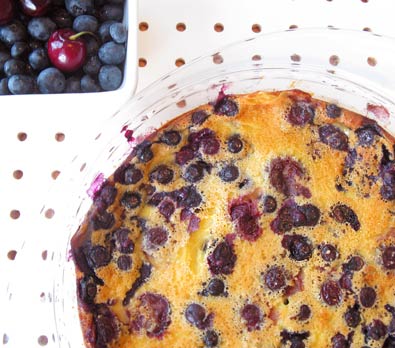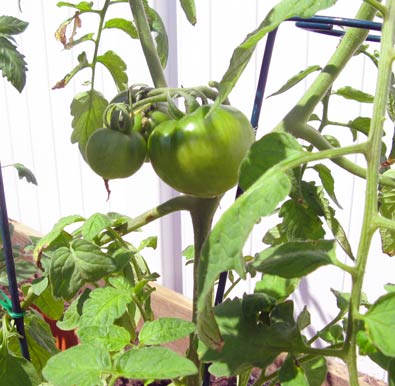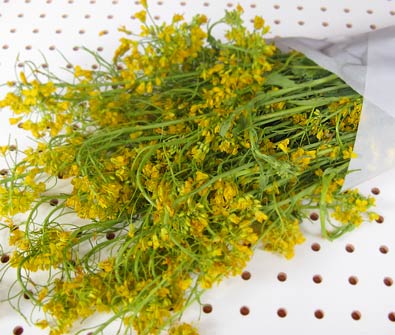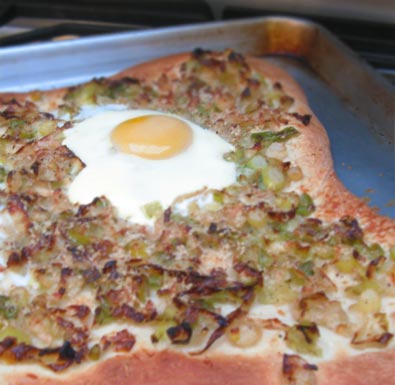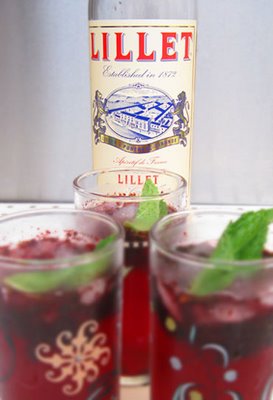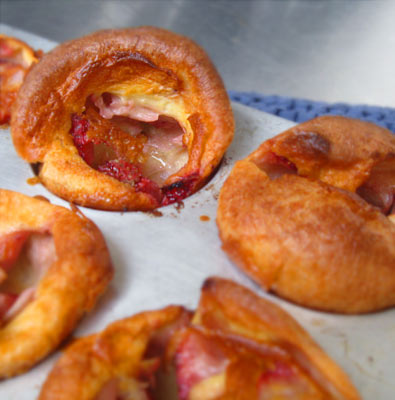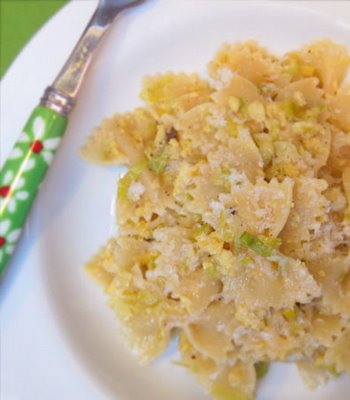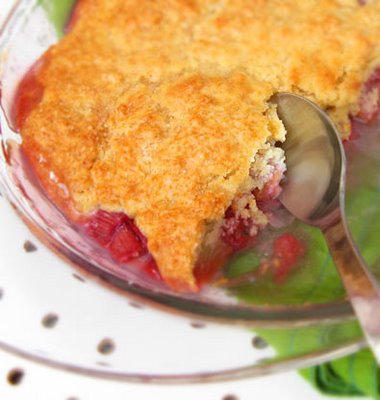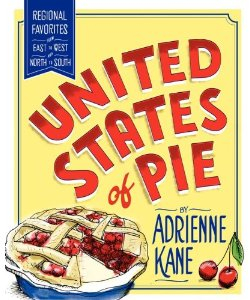 I used to dislike lemon desserts; they just seemed like a giant waste of time. If I wanted something sweet, I would go for chocolate, smooth and creamy, every time. But as I got older, my palate as well as my appetite grew. I learned to appreciate the delicacy, the brightness, that puckery twang of a good lemon dessert. And now, many years later, I even crave a little bit of lemon zest in my sweets. Chocolate may be tried and true, but lemon is clean and lustrous.
I used to dislike lemon desserts; they just seemed like a giant waste of time. If I wanted something sweet, I would go for chocolate, smooth and creamy, every time. But as I got older, my palate as well as my appetite grew. I learned to appreciate the delicacy, the brightness, that puckery twang of a good lemon dessert. And now, many years later, I even crave a little bit of lemon zest in my sweets. Chocolate may be tried and true, but lemon is clean and lustrous.
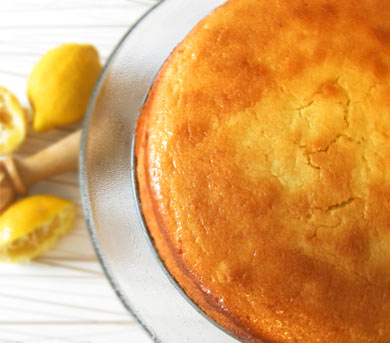 When glancing at a recipe, there are some that read only like a list of ingredients. Nothing about it calls out to you, beckoning from the stove. Then there are the recipes that are utterly enticing. You make your ways through the basics: a bit of sugar (got it), some flour (yes?), buttermilk (mmm), lots of fresh lemon, and a bit of lemon (now you are walking to the market!). That was precisely what happened to me when I looked at the recipe for Meyer Lemon Cake in Chez Panisse Cooking.
When glancing at a recipe, there are some that read only like a list of ingredients. Nothing about it calls out to you, beckoning from the stove. Then there are the recipes that are utterly enticing. You make your ways through the basics: a bit of sugar (got it), some flour (yes?), buttermilk (mmm), lots of fresh lemon, and a bit of lemon (now you are walking to the market!). That was precisely what happened to me when I looked at the recipe for Meyer Lemon Cake in Chez Panisse Cooking.
The cake is essentially a genoise batter. Eggs are separated, the yolks beaten with sugar until pale and buttery yellow, the whites beaten until stiff peaks are formed, and then added to the rest of the batter. Oh… and don’t forget the stick of melted butter, how else would the cake become so rich and delicious? This cake is subtle, with a fine crumb, with a texture that is reminiscent of a fine silk blouse. The cake was topped simply with a glaze of lemon juice and confectioners sugar. The glaze soaked into the warm cake leaving behind a soft sheen.
I couldn’t find Meyer lemons here in Connecticut, but I couldn’t let that prevent me from making this delectable cake. The heartier sister, the standard lemon was a fine substitution.
Meyer Lemon Cake
from Chez Panisse Cooking
for the cake:
8 tablespoons unsalted butter
4 large eggs, separated
1 1/4 cups sugar
2/3 cups buttermilk
1/3 cup Meyer lemon juice
1 tablespoon Meyer lemon zest
2 cups cake flour
1 1/4 teaspoons baking powder
1/4 teaspoon salt
for the glaze:
1/3 cup Meyer lemon juice
1 2/3 cups confectioners sugar
Preheat the oven to 325 degrees.
Melt butter in a saucepan, set aside to cool. In a mixing bowl, beat together the egg yolks with 1 cup of sugar, until thick and light in color. Beat in the buttermilk, lemon juice, and zest. Sift together the cake flour, baking powder, and salt. Beat the egg whites until soft peaks are formed. Add the remaining quarter cup of sugar, then continue beating until stiff peaks are formed.
Alternately fold half of the flour into the egg yolk mixture, followed by half of the egg whites. Fold carefully as not to deflate the batter. Repeat with remaining portions. Take approximatelycup of batter and stir into the melted butter. Gently fold the butter mixture into the cake batter. Pour into a buttered, and floured, 9-inch cake pan or springform pan. Bake for 50-60 minutes.
While the cake is baking, make the glaze. Combine the lemon juice and confectioners sugar. Heat in a saucepan just until sugar is melted. Set aside until cake is done.
When the cake is done baking, cool for 5 minutes in pan. Turn the cake out on a cooling rack, and invert. With a long toothpick or skewer, poke the top of the cake making small holes. Slowly spoon on the glaze. Wait for the glaze to sink in, then add more. Repeat process until all of the glaze is used. (I didn’t poke my cake. I simply brushed glaze on top and sides until no more glaze remained. This worked out well.) Cool cake completely, and enjoy!


